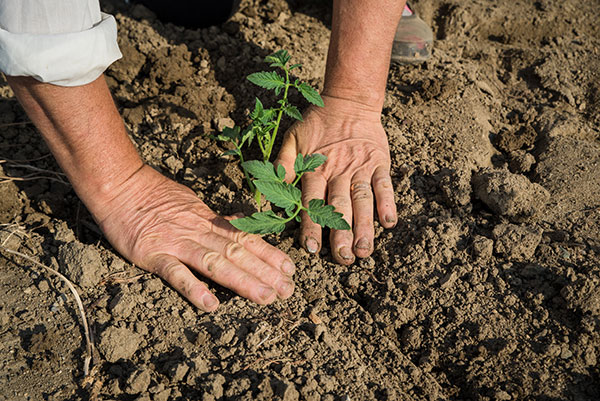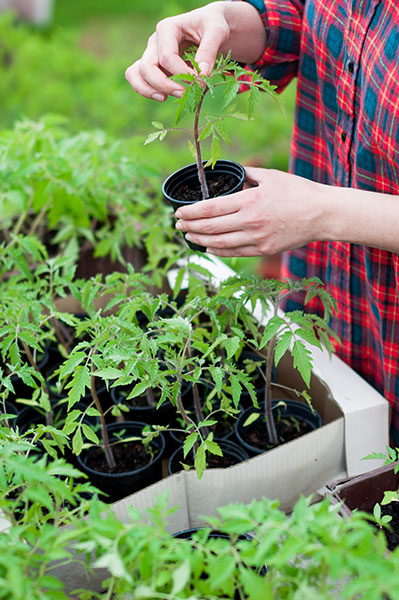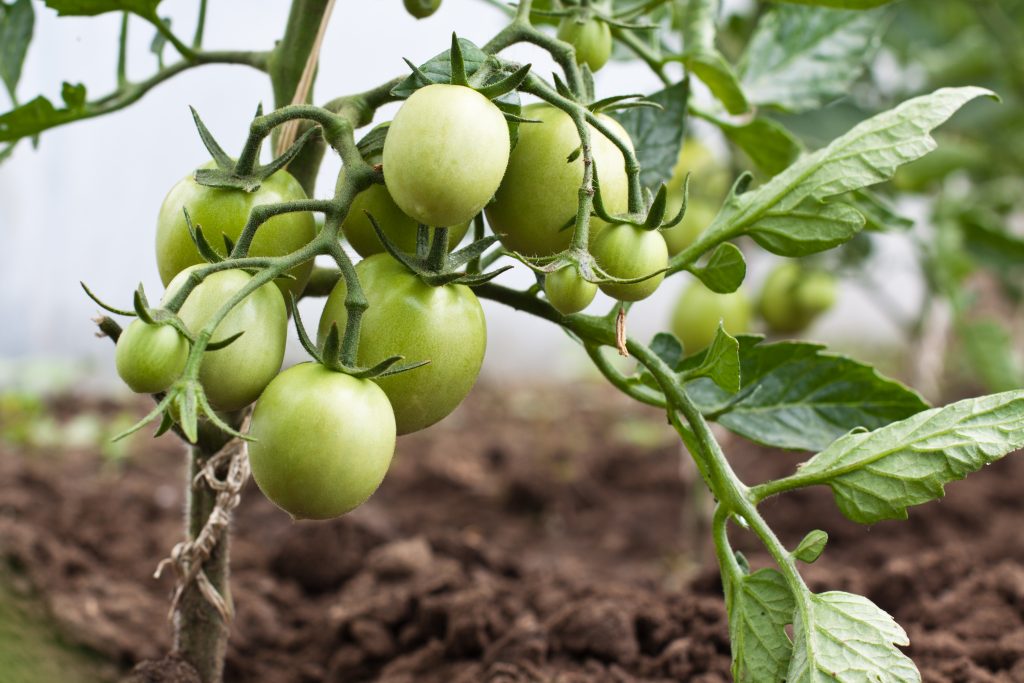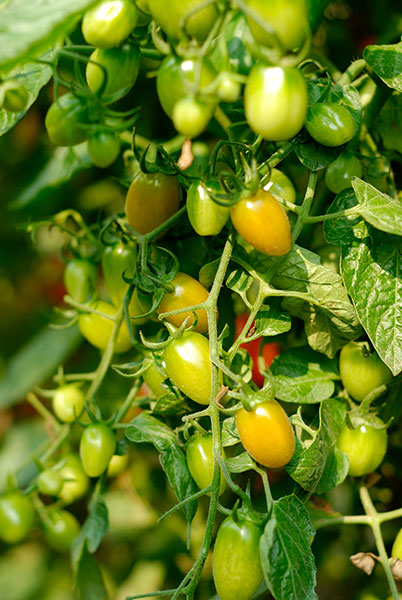11 Tips for Growing Tomatoes in Southern California
Growing tomatoes in Southern California is easier than you might think–you don’t have to be a pro gardener to enjoy delicious, home-grown tomatoes all summer long! While it doesn’t take much to keep your tomato plants happy and healthy, a few tricks will help ensure your harvest is the best it can be. Here are 11 tips for growing tomatoes in Southern California:
1. Let your plants get acclimated
Ease your tomato plants’ transition from the nursery to your garden by letting the plants sit outside for a few days before you replant them in pots or in the ground. Transplanting can be somewhat traumatic to plants, so this gives the plants time to get acclimated to the conditions of the new location. This will help your tomato plants fare better when it comes time for planting, ultimately resulting in a better crop.
2. Trim for transplanting
Before transplanting your tomato plants, use a clean pair of shears to snip off all but the top two or three branches. Bury the plant so that only these top branches are exposed and the rest of the stem is buried. The plant will grow roots all along the part of the stem that has been sheared, resulting in a large and healthy root system and therefore more fruit.
3. Give support
As the tomatoes grow, they may get quite heavy. To help the plant support the weight of all its fruit, install a trellis, cage, or stakes to support the heavy branches. The best time to do so is just after the plants have been planted, in order to avoid damaging the roots.
4. Get enough sun
Plant your tomato plants where they will get a minimum of six hours of sunlight every day. It’s crucial that your tomato plants get enough sunlight in order to fully ripen the fruits and develop their flavor. If you are planting your tomatoes in pots, consider using containers with wheels, which allows you to position them so they can enjoy full sun on warm days and avoid overheating during heatwaves. If you are planting your tomato plants in the ground, choose a south-facing position (if possible) to maximize the plants’ time in the sun.
5. Don’t overheat
While it’s very important that tomato plants get enough sun, too much sun or heat can be damaging. Be sure to avoid resting your tomato plants against a brick wall or any other heat-retaining surface, which can damage tender blossoms and harm the plant.
6. Water enough…
Tomato plants should be watered deeply at the roots. The best way to do so is to use drip irrigation or soaker hoses, which deliver water right to the roots of the plant while minimizing evaporation and keeping the leaves from getting wet. Wet leaves can lead to fungus growth, so it’s important to water right at the roots. Water your plants when the soil gets dry–if the plants are in pots or if it’s very hot out, this could mean watering every day. If the soil two to three inches down is dry, the plant should be watered.
7. …But not too much
While tomato plants need enough water to grow properly, you don’t want to water them too much! Consistent watering can help prevent blossom-end rot, but watering your tomato plants too much can lead to yellowing leaves or wilting. If you find the harvested tomatoes to be less flavorful than expected, try decreasing watering slightly before harvesting–this should help to improve the fruit’s flavor.
8. Feed the plants properly
If you are planting your tomatoes in pots, choose a good potting soil designed for vegetables that has a slow-release fertilizer already mixed in. If you are planting them in the ground, mix in a bag of compost with your soil. Be sure to read the instructions on your soil or compost before adding more fertilizer, as you want to avoid over-feeding. Particularly if there is too much nitrogen, over-fed plants can grow to be large and green with little or no fruit–not what you want from your tomato plants! If the plants are lush and green, you can assume they don’t need more fertilizer.
9. Prune your plants
A healthy tomato plant can sprout a lot of branches, but not all of these sprouts will eventually bear fruit. Prune out branches that don’t have flowers or fruit in order to redirect the plant’s energy to the branches that are bearing fruit. You should also prune any suckers, or branches that sprout in the crotch between the stem and another branch. Not only does pruning help your plant use its energy efficiently, but it also improves air circulation around the plant, making it less susceptible to disease and easier to harvest when the time is right!
10. Use natural pest control
Tomato plants are susceptible to pests, and tomato hornworms in particular can be devastating to a tomato plant, causing major damage in as little as one night! Applying BT, a dead bacteria mixed in water, to your plants’ foliage can help to deter these pests. BT is harmless to humans and is one of the few cases in which it’s advisable to allow the plants’ leaves to get wet.
11. Don’t let tomatoes overripen
As soon as you see the fruits start to “break,” or change color from green to streaks of yellow, orange, or red, the fruit won’t get much sweeter. Waiting too long to harvest can result in less-sweet tomatoes, as the plant will start to steal sugar back from the fruit. In addition, pests and other creatures might get to your precious crops.
Once you harvest, leave your tomatoes on the kitchen counter to continue ripening, and never put them in the fridge! The cold will kill the flavor of the tomatoes. Better to leave them out at room temperature.
We hope these tips will help you successfully grow and harvest your own delicious tomatoes this summer! Stop by Sunflower Farms today to pick up your own tomato plants. We have everything you need to grow healthy tomato plants (and so much more!) so you can get started today and enjoy tomatoes from your garden the rest of the summer!





